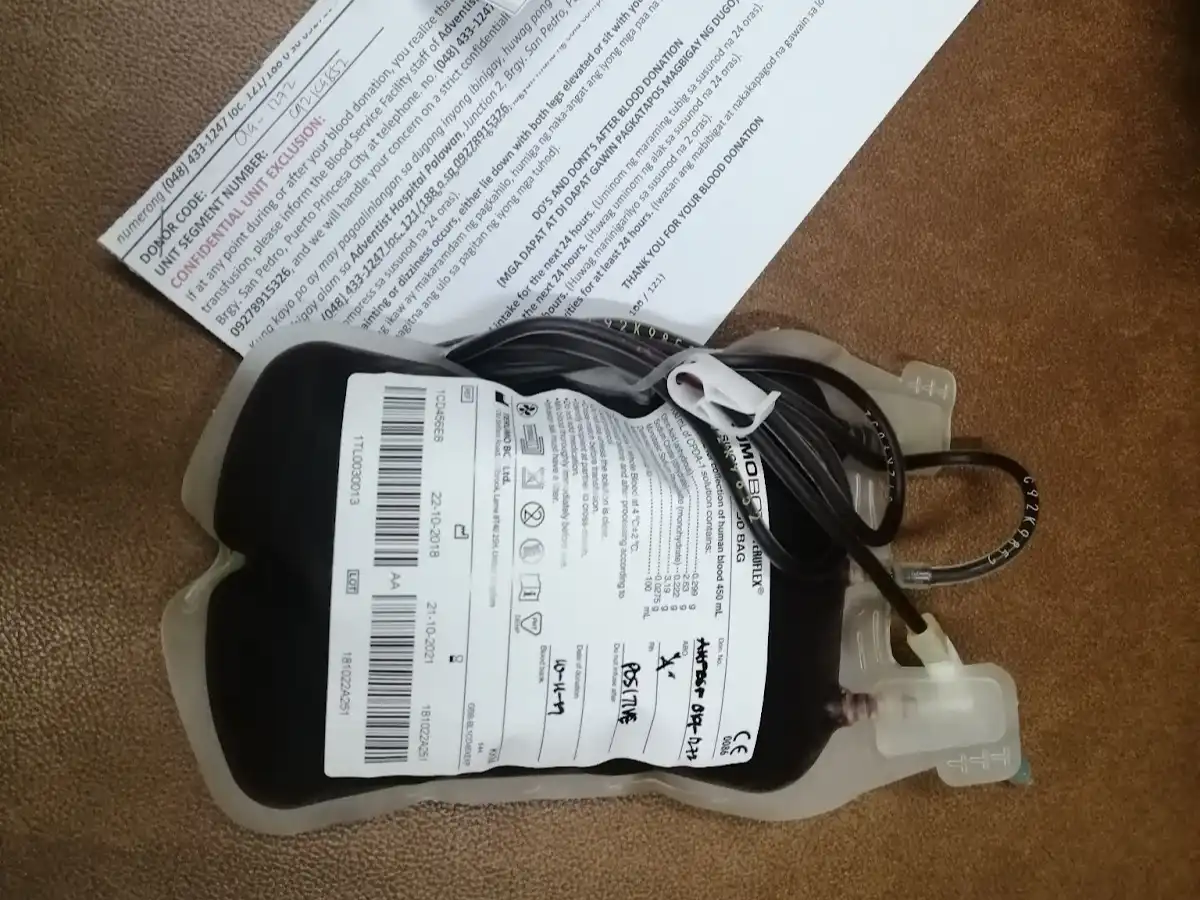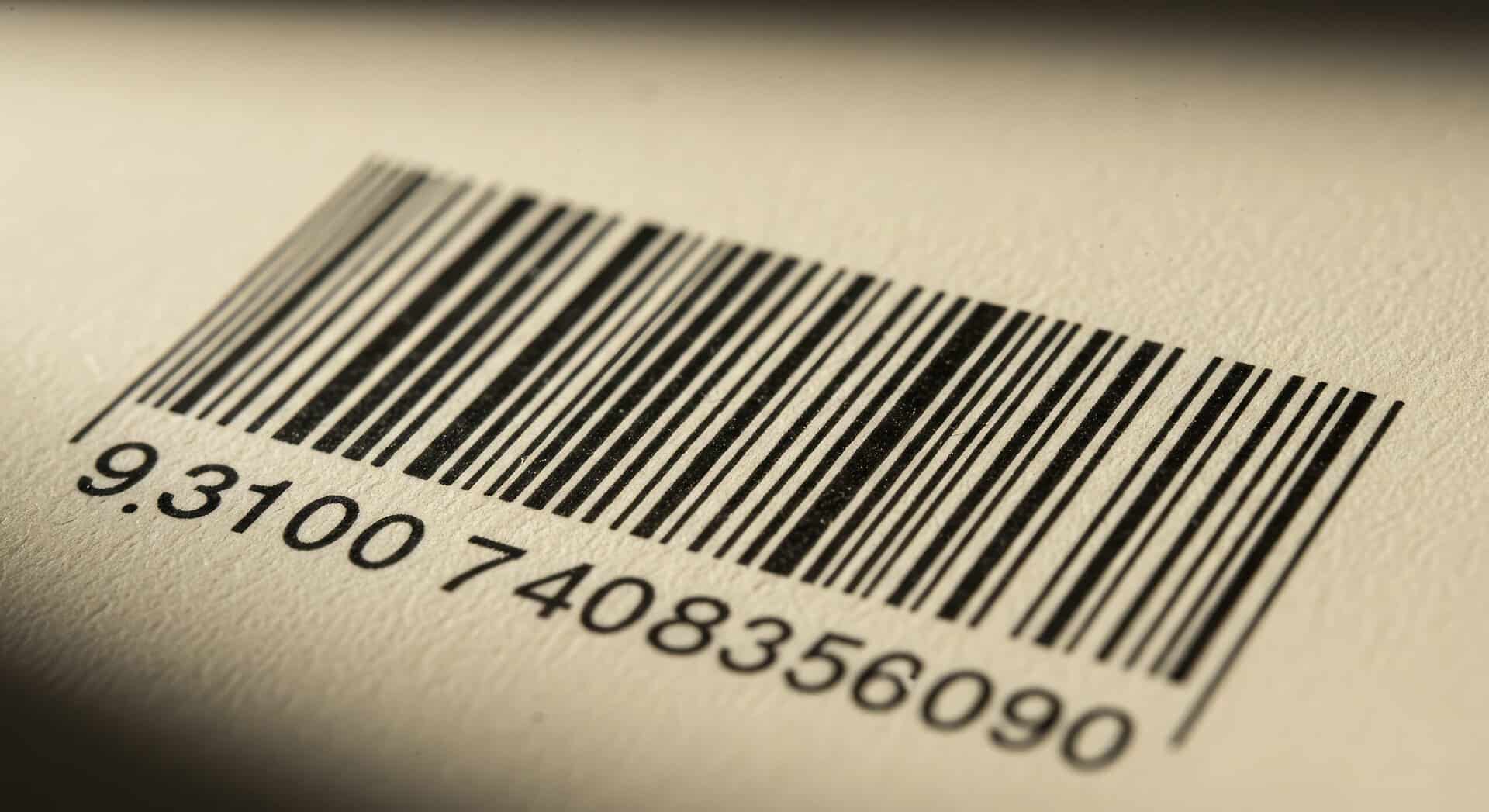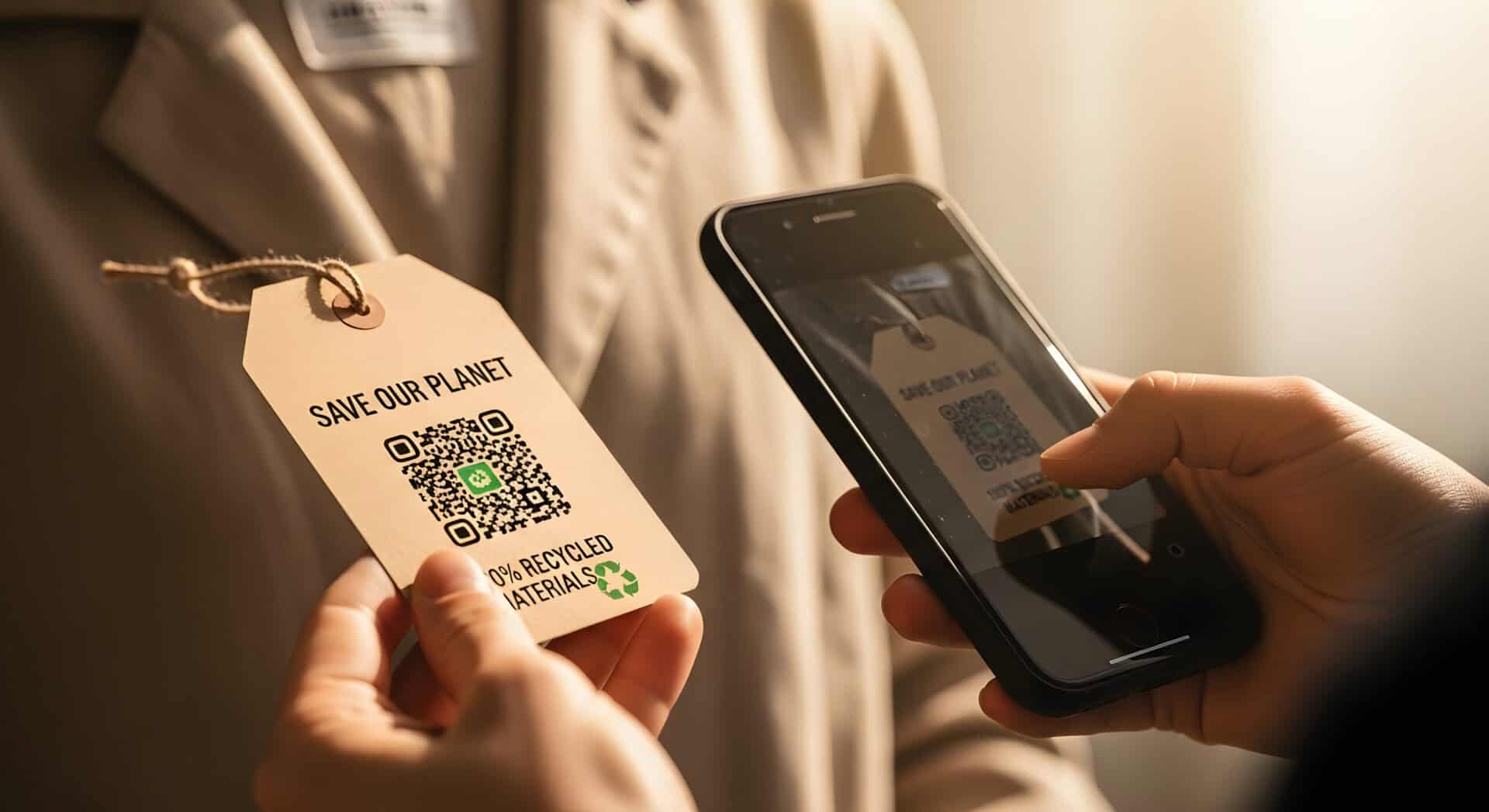Healthcare facilities have long struggled with efficiently tracking the people, belongings and other high-value assets within their buildings. Fortunately, the recent use of highly accurate real time location systems in healthcare has enabled world-class medical institutions to better monitor and track internal assets.
Using real-time locating systems in medical facilities often leads to improved patient care outcomes and increased efficiencies.
Real Time Location Systems in Healthcare
What is RTLS?
A real-time location system (RTLS) is a precise positioning system that can track and manage various objects – such as assets, equipment, and people – within a defined space or environment in real-time.
What Industries Utilize RTLS Solutions?
Real-time location systems (RTLS) are increasingly being favored by industries that manage large volumes of assets in a controlled space to track assets, such as patient care facilities and hospitals.
This is because an RTLS can reliably monitor physical items with great precision. Additionally, when implemented by expert RTLS healthcare vendors, the process should go smoothly.
What Types of Healthcare Facilities Use RTLS?
RTLS technology is increasingly used in acute care hospitals, long-term care facilities, outpatient clinics, cancer treatment centers and other medical institutions. RTLS systems are commonly used to track and manage high-value assets, such as IV pumps and crash carts.
RTLS in Hospitals – Full Service Asset Tracking
For hospitals, an RTLS can provide real-time visibility and tracking of its greatest assets, including:
- Patients and staff
- High-value medical equipment
- Prescriptions
- Controlled substances
- Biological materials
- Supplies
The precise monitoring capability of RTLS in hospitals provides welcome solutions to several issues common to supply chain, security, and patient care scenarios in healthcare institutions.
Check out these other blogs about healthcare: |
5 Care Solutions Realized with Real Time Data in Healthcare
When real-time data is available to a hospital’s care and administration teams, everyone can be proactive instead of reactive. Often, this leads to measurable improvements in patient experience and patient outcomes.
When real-time data from RTLS technology is being applied to a healthcare facility’s tracking tools, care concerns are positively impacted. Five of these concerns include:
1. Spread of Infection
According to the Center for Disease Control, hospital-acquired infections (HAIs) are responsible for an estimated 75,000 deaths yearly in the United States. Real time data collected by RTLS tags can be used to generate heat maps that display areas of a hospital where infection risks are highest.
These maps empower facility managers to take steps to minimize the risk of infections by, for example, increasing the frequency of cleaning in high-risk areas, greater contact tracing ability, or re-routing staff and patients, particularly immunocompromised patients, away from high-risk locations.
2. Staff Safety
The health and safety of a hospital’s staff should always be a priority in every healthcare setting. Hospitals can use real-time data to monitor the whereabouts of an at-risk staff member.
This can benefit those working alone in remote areas or with patients that have medical conditions that can make them susceptible to violence.
By tracking members with precise RTLS technology, hospitals can better support their staff to keep them safe on the job.
3. Patient Wandering
RTLS systems are also used to track patients who are at risk of wandering off hospital grounds. This is especially important for patients with dementia or Alzheimer’s disease, as they may become disoriented and wander away from the safety of their care facility.
By tracking high-risk patients with real-time data, hospitals can quickly locate and return them to the safety of the facility, preventing them from coming to harm.
4. Emergency Response Times
In a hospital setting, every minute counts. Real-time data collected by RTLS tags generates real-time data that can quickly alert hospital staff of potential problems. This can help mitigate serious issues, such as:
- A patient in distress
- Equipment malfunctions
- Incidents of violence
RTLS data can quickly respond to problems, ensuring patients receive the care they need promptly.
5. Patient Wait Times
Knowing how much time patients spend waiting before seeing their medical team is vital to realizing the best patient outcome possible.
Real-time data collected by RTLS tags can monitor, track and record patient wait times. By understanding where patients are waiting and for how long, hospitals can take steps to reduce patient wait times.
This is important as patient wait times have been shown to be a leading cause of dissatisfaction with hospital care.

Credit: Cherisse Jane Quinico
5 Efficiency Improvements From the Use of RTLS in Hospitals
While patient care is of the utmost priority in a healthcare system, so are the operational and managerial processes supporting and delivering care services. Administrators, security personnel, logistics coordinators and other support teams contribute significantly to the running of every hospital and medical institution.
To deliver quality and effective patient care, a hospital’s support systems must be efficient and fully integrated. Optimizing and monitoring these vital systems can be obtained with RTLS technology.
Here are five efficiency-improving solutions for using RTLS in a healthcare setting:
1. Enhance Staff Productivity
Healthcare facilities can use RTLS to track the real-time location of staff members. This information can be used to improve the efficiency of workflows and help managers identify areas where staffing levels may need adjustments.
2. Improve Asset Visibility
An RTLS can be used to track the real-time location of assets within a healthcare facility. This information can help managers more effectively utilize resources and ensure that critical assets are always available when needed.
3. Strengthen Asset Management
Hospitals are responsible for a large number of high-value assets, such as medical equipment, computers, and vehicles. Real-time data collected by RTLS tags can be used to generate asset location reports. These reports can show hospital staff exactly where an asset is located at any given time.
This information can be used to prevent the loss or theft of assets and to ensure they are being maintained or replaced in accordance with the manufacturer’s instructions.
4. Reduce Costs
Tracking costs is essential for a hospital to be accountable to their patients and directors. Real-time location systems (RTLS) can help reduce costs in a healthcare setting by improving operational efficiency.
For example, RTLS can help track the movement of medical personnel and equipment. This can give clarity to staffing behaviors and associated costs to use for optimizing internal processes.
In addition, a hospital RTLS can help improve inventory management, and when combined with mobile device management solutions, it can lead to lower costs for supplies and equipment
5. Improve Communication
A consistent and reliable communication system must be in place in any hospital or medical facility. Communication between staff, patients, logistics personnel and technicians is vital for a medical facility to function efficiently.
An RTLS can be used to improve communication within a hospital by providing real-time location information. This information can help ensure that staff members are able to quickly and easily locate a colleague when needed.
Need Help Managing Flows Through Your Healthcare Facility?Lowry Solutions has a variety of track and trace tools to give you total visibility |
Implementing an RTLS Hospital Solution
The real-time data collected by RTLS tags provides a wealth of information that can be used to improve the quality of care in healthcare facilities. By having a clear picture of patient and asset location in real-time, hospitals can improve processes affecting patient care and operational efficiencies.
As discussed in this article, RTLS in hospitals offer healthcare facilities a number of benefits. A hospital RTLS should only be implemented by expert RTLS healthcare vendors, such as Lowry Solutions.
When discussing your hospital RTLS needs with a potential vendor, be sure to ask them the following questions:
- What types of RTLS tags do you offer?
- What is the range of your system?
- How often is real-time data updated?
- Can the system be integrated with our existing hospital software applications?
- What are the limitations of the technology?
- Does RTLS integrate with other tracking technology, such as RFID or barcode?
Asking these questions will help you determine if a vendor is able to provide a quality RTLS solution that meets the specific needs of your healthcare facility.
Lowry Solutions for Real Time Location Services in Healthcare
Real-time location systems (RTLS) offer many benefits for healthcare facilities, from improved patient care to reduced costs. RTLS can help healthcare organizations keep track of patients, staff, and equipment, which can lead to faster and more efficient care. In addition, real-time data can help identify potential problems before they become serious.
At Lowry Solutions, we offer a variety of RTLS solutions that can help healthcare facilities improve patient care and reduce costs. We have over 50 years of experience providing asset tracking solutions to a wide range of industries, including healthcare.
Our teams of experts are fully versed in RTLS technology and design and implement RTLS solutions for healthcare facilities across the country. We’re confident we can help your facility design and implement one specific for your needs.
If you’re interested in learning more about real-time location systems (RTLS) and how they can benefit your healthcare facility, contact Lowry Solutions today.
Featured Photo Credit: Jon Tyson


